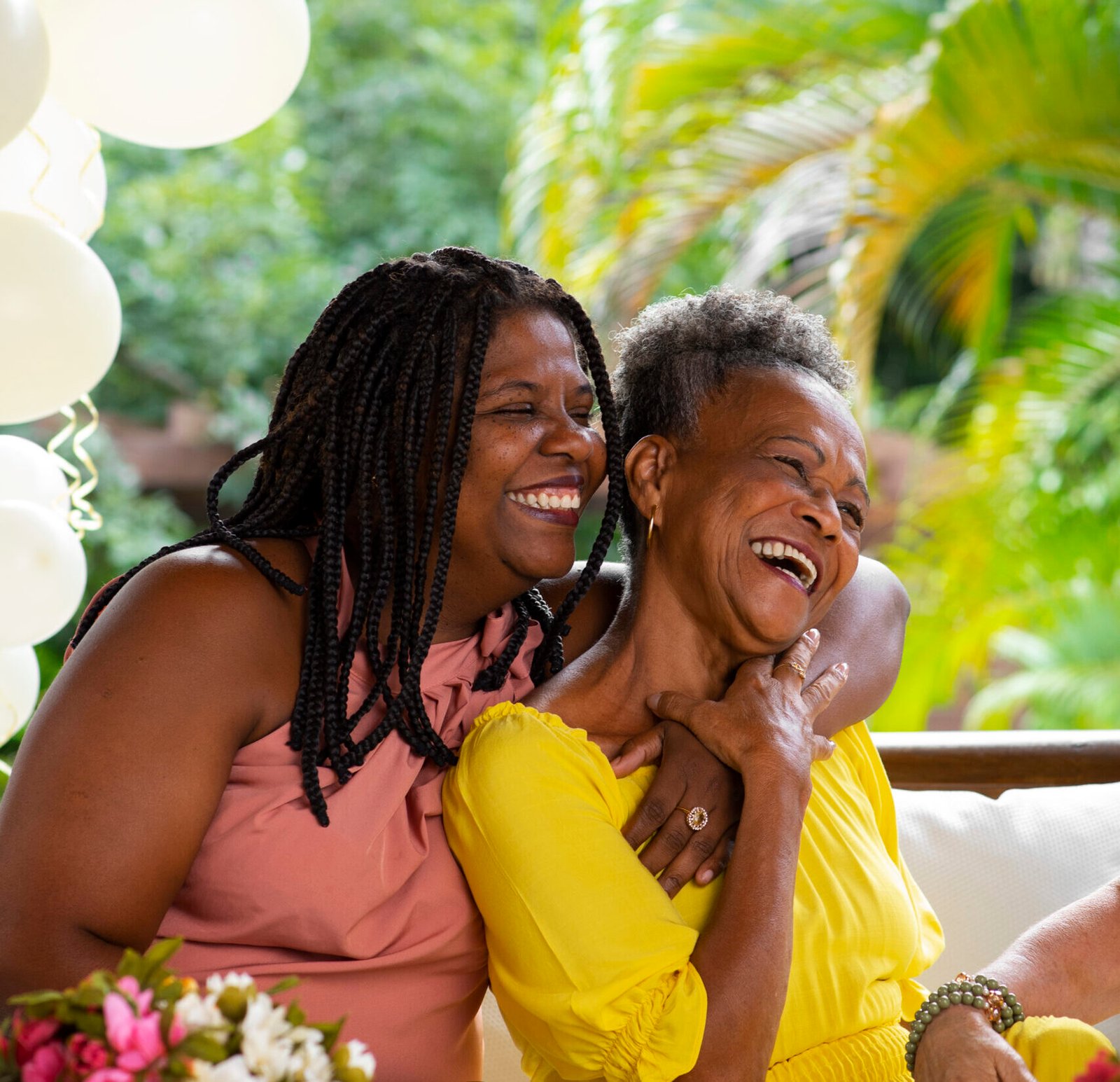She measured not in grams, but in pinches and whispers. In her hands, a teaspoon of honey wasn’t just sweetness; it was healing, passed down like a sacred heirloom. They were her beauty tips.
In our world of 10-step routines and serums in sleek packaging, it’s easy to forget that the original apothecary was the kitchen, and the first aestheticians were our mothers and grandmothers. Long before skincare was a multi-billion dollar industry, it was a quiet, intuitive practice—a form of self-care that was slow, sustainable, and deeply connected to the earth.
These rituals were about more than beauty. They were acts of preservation, resilience, and ancestral wisdom. For women in the diaspora, especially, these practices were a tangible link to a homeland they had left behind, a way to carry a piece of their culture in their daily lives.
Here are 5 timeless rituals that have nurtured generations of women before us.
1. The Glow-Getting Turmeric & Besan Mask
The Ritual: A vibrant, golden paste of turmeric and besan (gram flour), often mixed with milk or yogurt.
The Wisdom: In South Asian and Arab households, this was the quintessential pre-event glow-up. Our grandmothers knew what science now confirms: turmeric is a powerful anti-inflammatory with curcumin, a compound that brightens the skin and evens out tone. Besan, a gentle exfoliant, sloughs away dead skin cells, while the lactic acid in yogurt softly brightens.
Her Voice: “My Dadi would mix this in a small brass bowl every Thursday. It wasn’t just for skin; it was a weekly reset. The faint yellow stain left on our skin? She called it the ‘golden kiss’—a sign the healing had begun.”
2. The Protective Power of Black Castor Oil & Coconut Hair Potion
The Ritual: A warm, heavy oiling of the scalp and hair, meticulously section by section, often before a weekly wash.
The Wisdom: From the Caribbean to the African continent, this ritual is foundational. Black castor oil, rich in ricinoleic acid, was trusted to promote hair thickness and strength. Coconut oil, with its unique ability to penetrate the hair shaft, was used to prevent protein loss and add dazzling shine. This was our ancestors’ answer to breakage and slow growth—a testament to their belief in nurturing what grows from the crown.
Her Voice: “My mother would sit me between her knees on the floor, the radio humming in the background. As her fingers massaged my scalp, she’d tell stories about her mother doing the same for her. It was in those moments I understood that strength starts at the root.”
3. The Soothing Rosewater & Glycerin Mist
The Ritual: A simple bottle of rosewater, sometimes with a few drops of glycerin, used as a toner and facial mist to refresh and hydrate throughout the day.
The Wisdom: A staple in Muslim and Arab households, rosewater is more than a beautiful scent. It’s a gentle astringent with anti-inflammatory properties that soothe irritation and reduce redness. Mixed with vegetable glycerin, a natural humectant, it draws moisture from the air into the skin. This was their lightweight, all-natural moisturizer, perfect for calming the skin in harsh climates.
Her Voice: “My Teta always had a small spray bottle in her purse. She’d mist her face after prayer, in the heat of the day, before bed. The scent of roses was her signature—a delicate cloud of grace and resilience that trailed her everywhere.”
4. The Exfoliating Coffee & Honey Scrub
The Ritual: A gritty, aromatic blend of used coffee grounds and raw honey, scrubbed over the body to reveal silky-smooth skin.
The Wisdom: Before coffee was a morning ritual, it was a body one. Our resourceful grandmothers hated waste, and using spent coffee grounds was a genius act of sustainability. Packed with antioxidants, coffee grounds help combat free radical damage and, when scrubbed, improve circulation and temporarily tighten the skin. Raw honey, a natural antibacterial and humectant, soothes and moisturizes, making this the perfect duo for rejuvenated skin.
Her Voice: “In my grandmother’s kitchen, nothing was wasted. The morning’s coffee grounds were saved in a jar by the sink. ‘For your skin, mi hija,’ she’d say. It taught me that abundance isn’t about having more; it’s about using what you have beautifully.”
5. The Nourishing Shea Butter Body Embrace
The Ritual: Rubbing raw, unrefined shea butter between palms to warm it before slathering it generously over the body, particularly on elbows, knees, and feet.
The Wisdom: Direct from West Africa, shea butter is the ultimate emblem of motherly care. Rich in vitamins A, E, and F, it’s a superb emollient and moisturizer that protects and nourishes the skin. Our mothers would seek out the purest, rawest forms, often brought back by aunties and uncles from trips home. Applying it was a daily act of protection against the elements, a shield for the skin as much as a balm.
Her Voice: “The smell of raw shea butter is the smell of my mother’s hands. It’s thick and stubborn to melt, just like her will. She’d massage it into my ashy knees, telling me, ‘You must take care of the skin you’re in. It tells your story.’”
Carrying the Wisdom Forward
These rituals were never just about vanity. They were acts of love, language, and legacy. They were moments of connection between generations of women, where wisdom was passed not through textbooks, but through touch, smell, and story.
In revisiting these practices, we don’t just care for our skin; we honor the hands that first mixed these potions. We reclaim a piece of our heritage, one pinch of turmeric, one drop of oil at a time.
What’s one ancestral beauty ritual you still practice today? Share with us in the comments below. 👇
At HerSide, we believe every recipe, every ritual, and every story holds a piece of our collective power. Share your layered identity and powerful perspectives with us.
